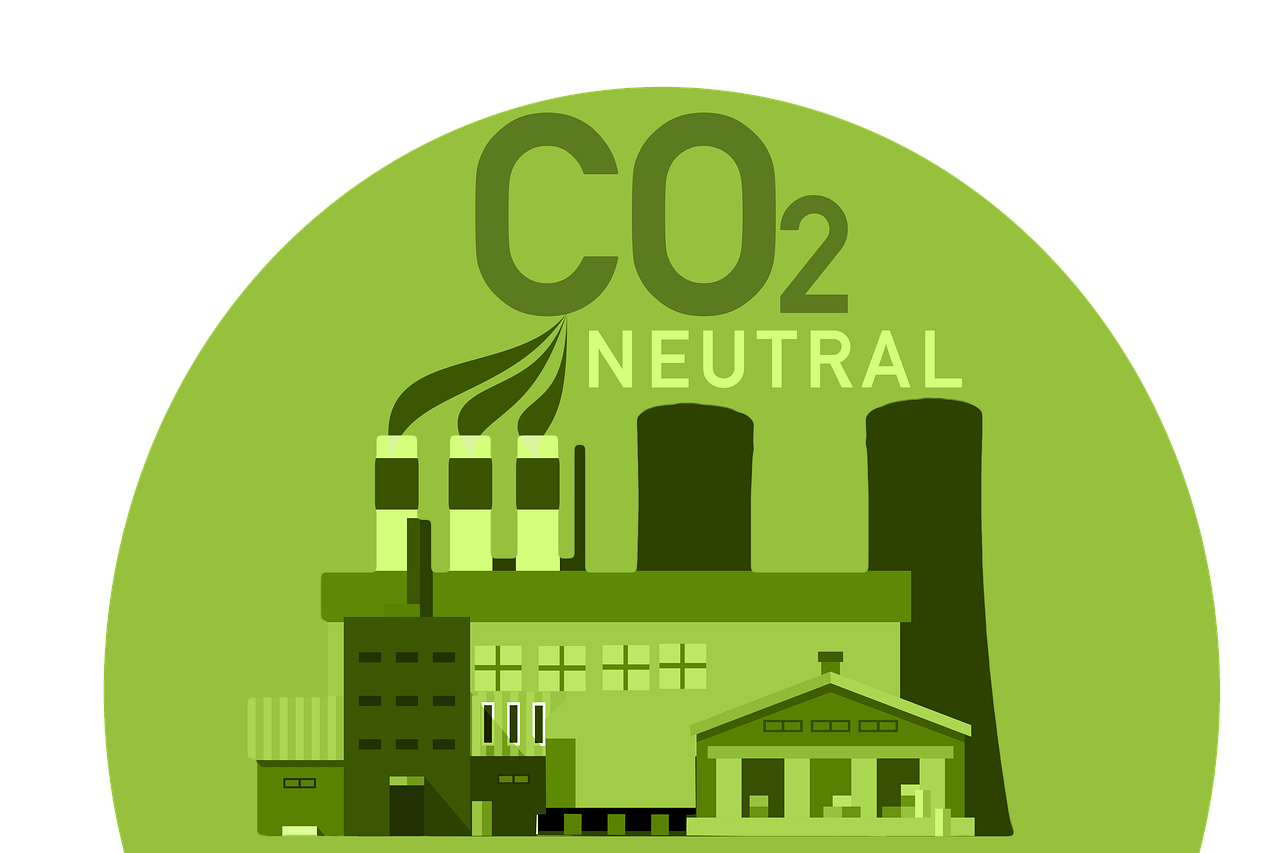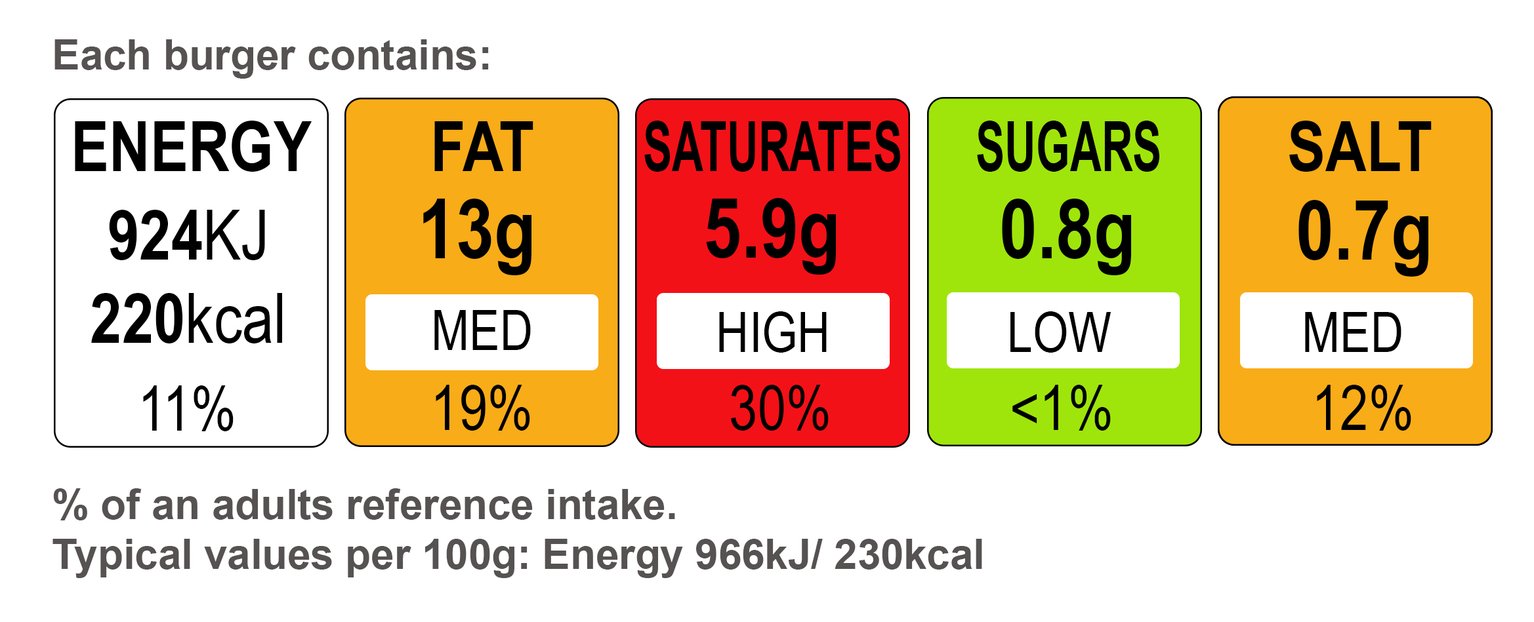Summary
In order to make sure we make the right decisions when we buy for the planet, we need labels which tell us the carbon footprint of everything. Its the same as checking how much sugar and fat there is in food.

When we go shopping, for food we can see immediately what the sugar and fat content is for the product we are buying. The NHS views this as important for our health, and states:
Colour-coded nutritional information tells you at a glance if the food has high, medium or low amounts of fat, saturated fat, sugars and salt:
- red means high
- amber means medium
- green means low

That’s the healthiness of a burger!
Mike Berners Lee has written a brilliant book called “How Bad are Bananas”. He says in the beginning of the book “If we’re serious about really addressing climate change, we need to become energy and carbon literate and get to grips with the implications not only of our choices but also the bigger infrastructure which underpin the things we consume.”
You can then go into the book (page 93) and then find out that a 4 oz cheeseburger causes 3.2 kg of carbon emissions.
We should be aiming for around 2 tonnes of CO2 per year per person by 2030. If our diet each day were as high as a cheeseburger, then we would emit around 1.2 tonnes per annum in just one meal, which is a huge amount compared to 2 tonnes.
Clearly, we need agreement on calculating what is low/medium/high. But that does not mean we should not do it. It would help prevent us from having to carry a book around with us whenever we go shopping.
So we have put together a petition to support the journey towards doing this simple act. Click on the following button to start the discussion.
The idea of labelling food is not necessarily new. It is more that there has not been the adoption of the ideas by consumers to encourage food and other manufacturers to do it. Click on the following to read about the history of and issues about labelling products. It was written by Peter Watkins as part of his MsC program at the Centre for Alternative Technology.